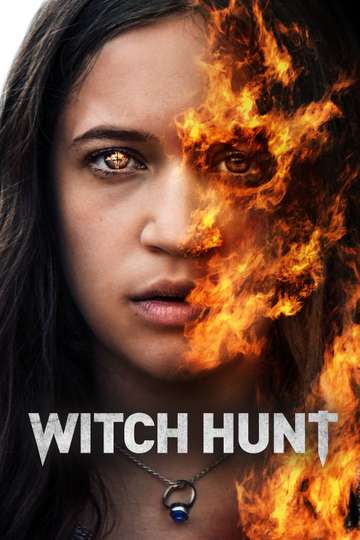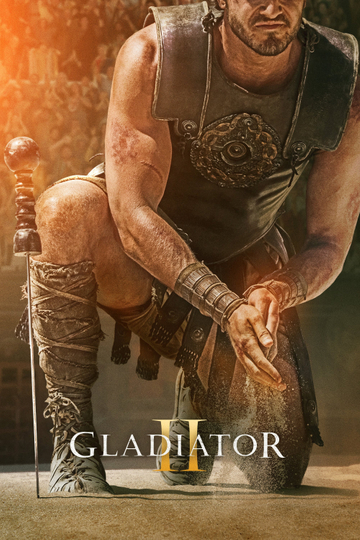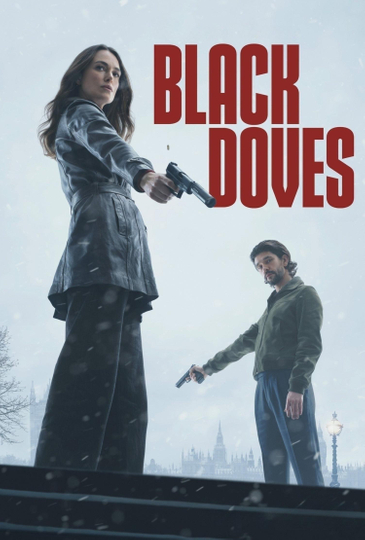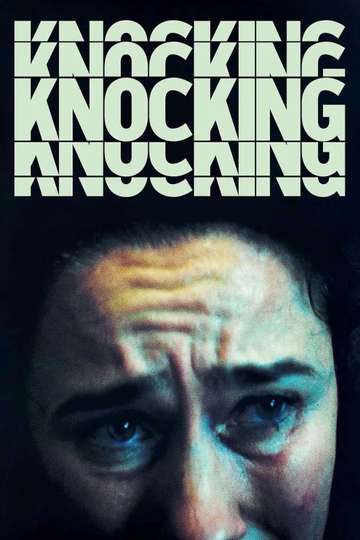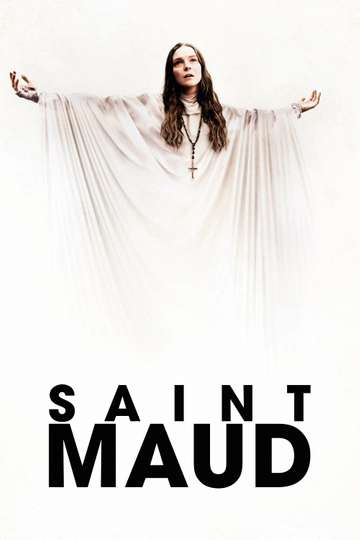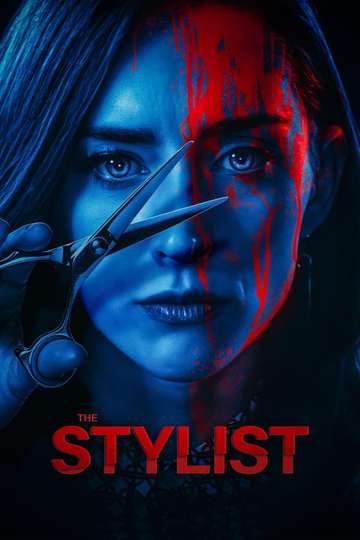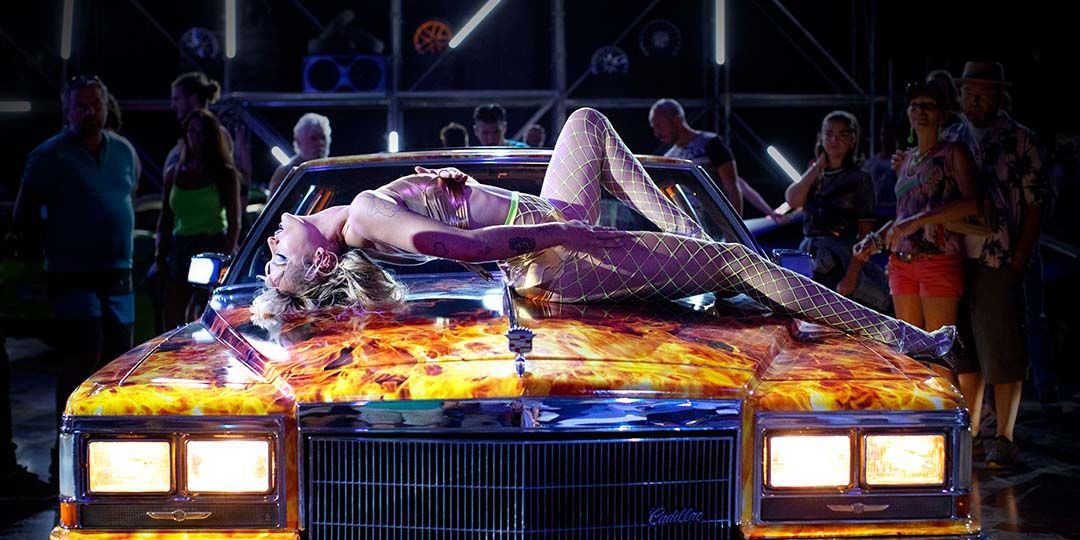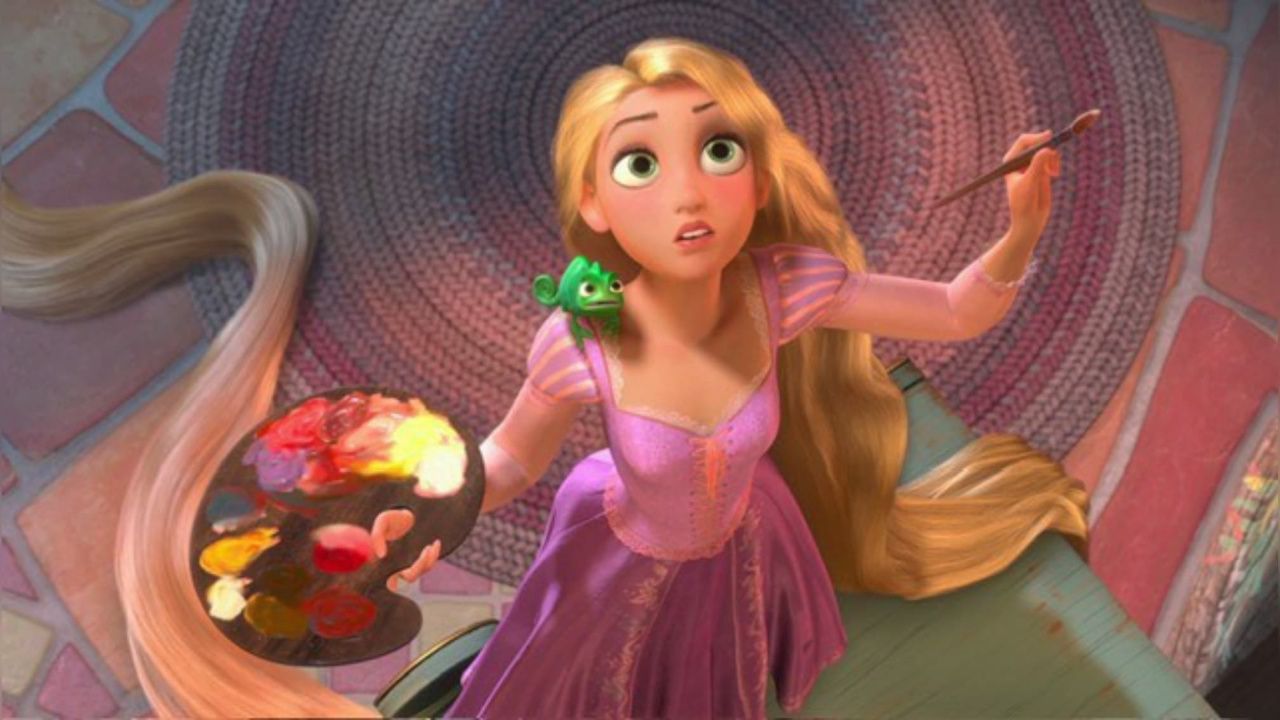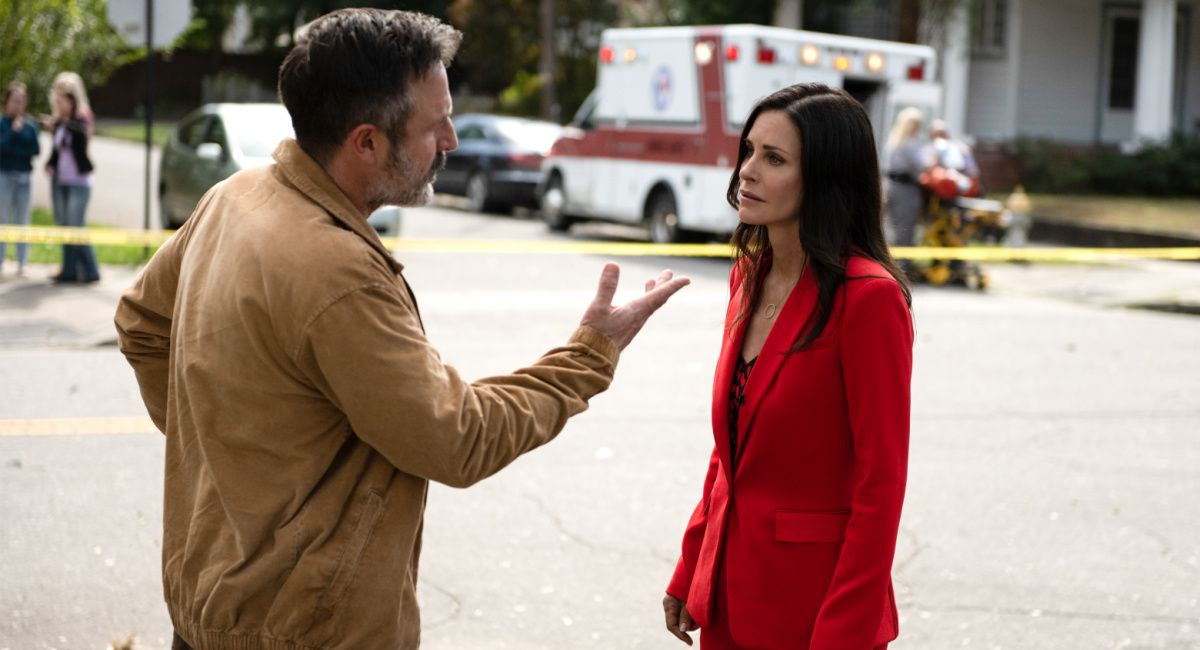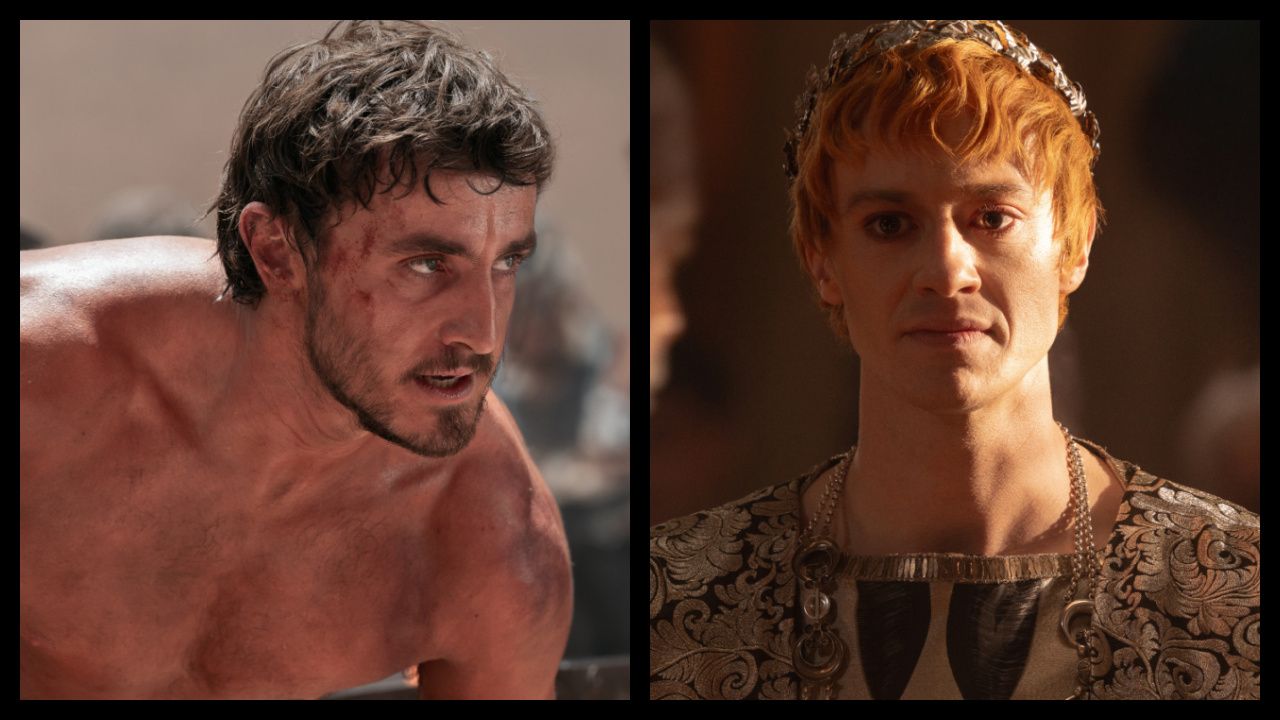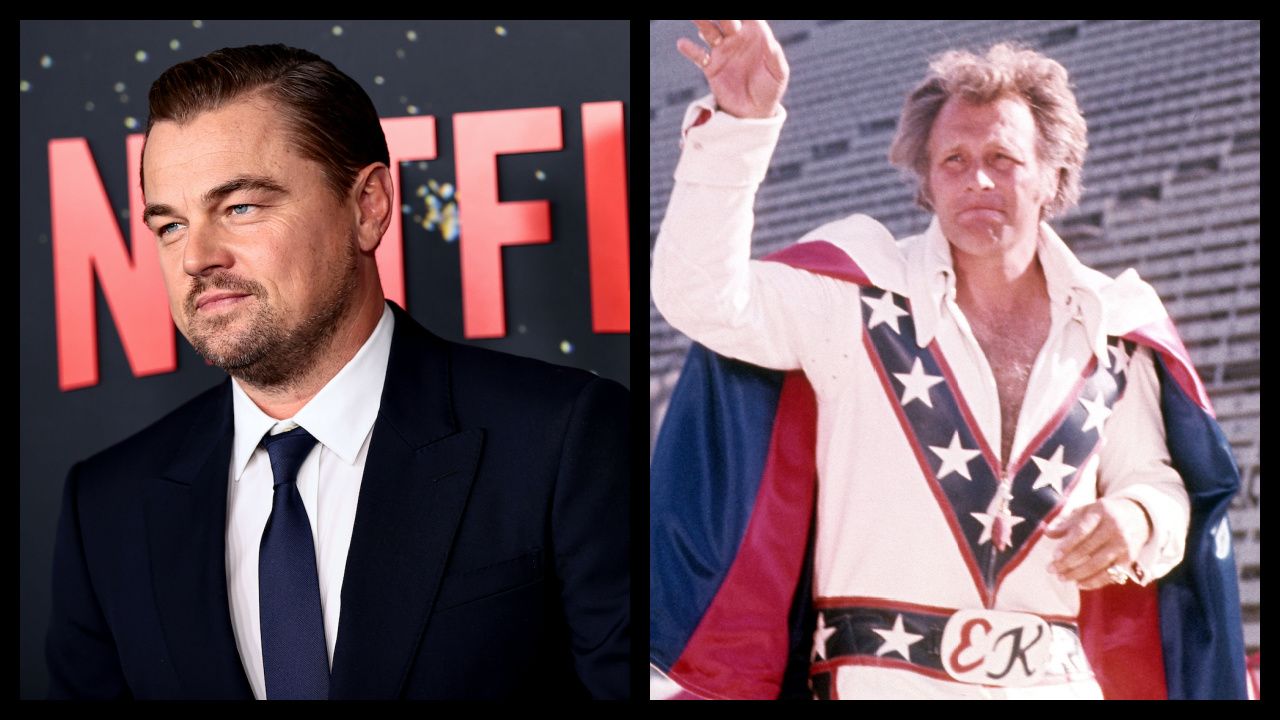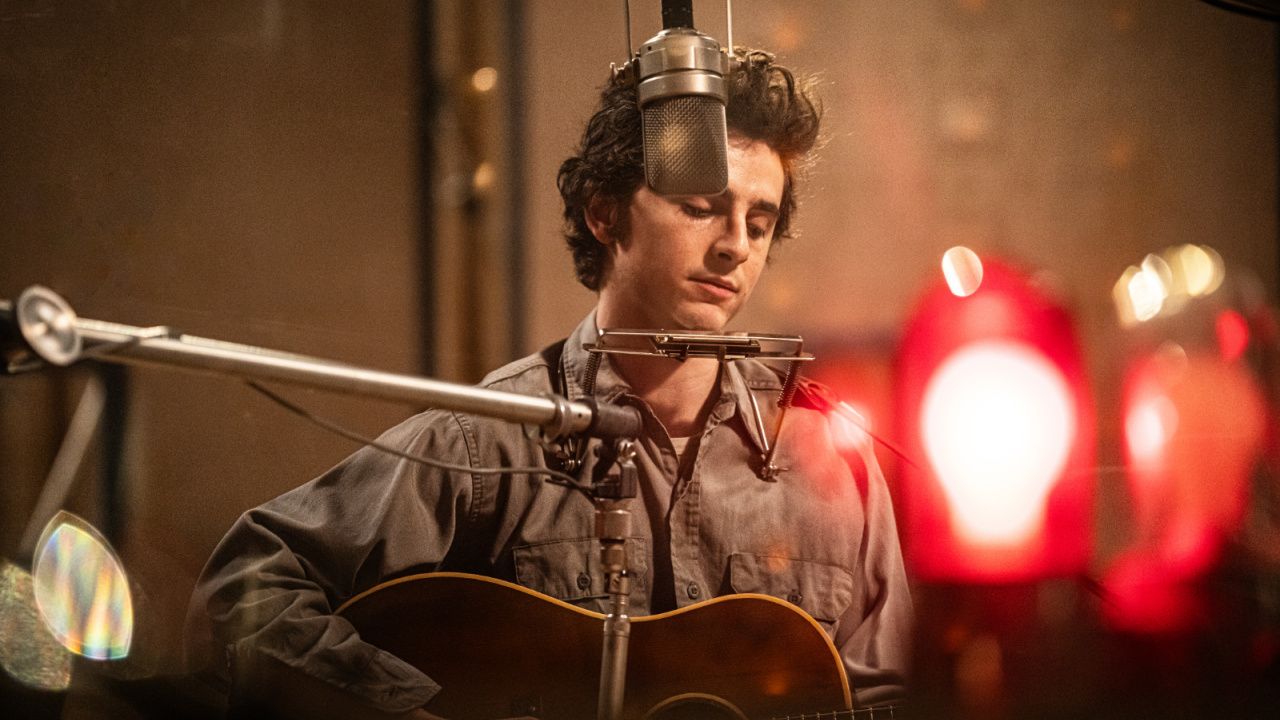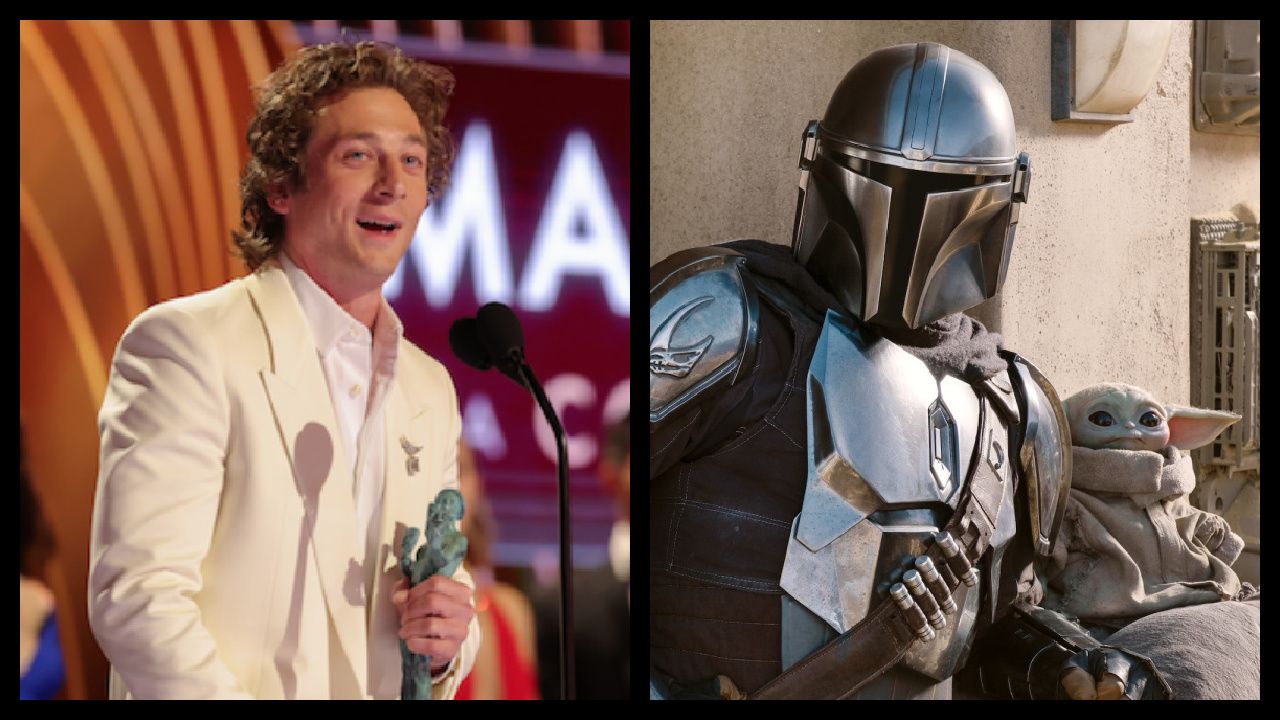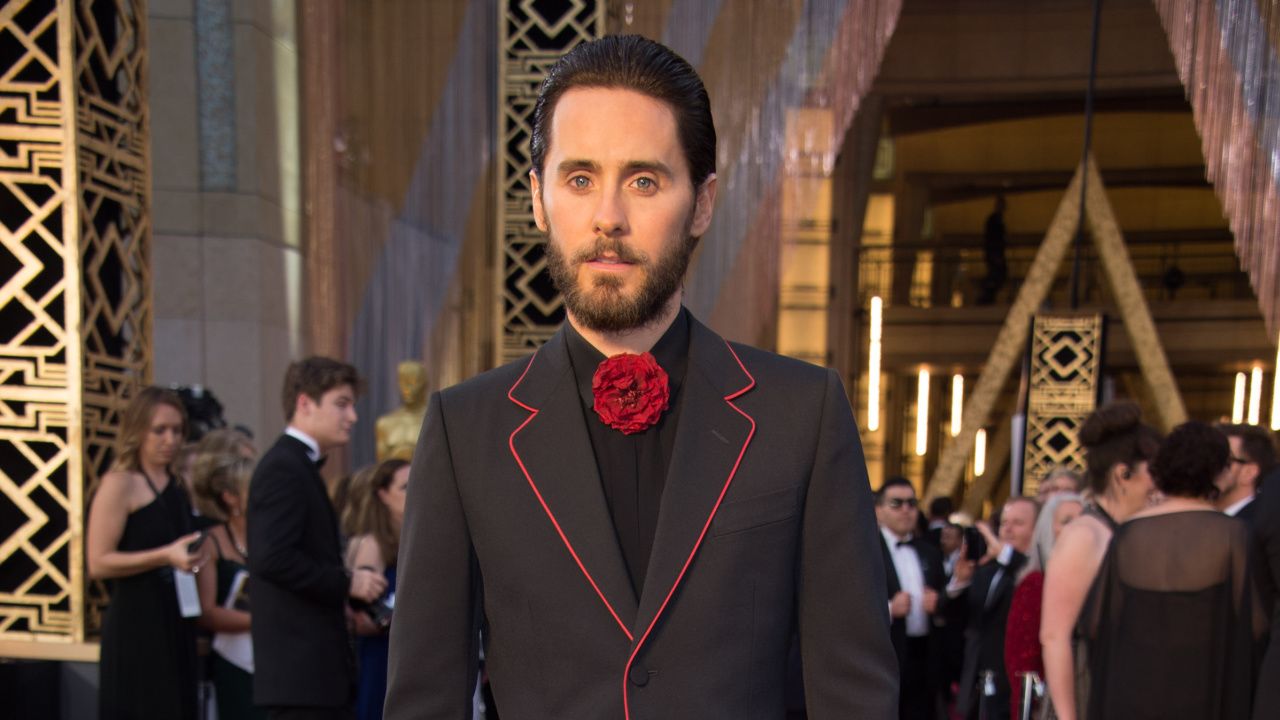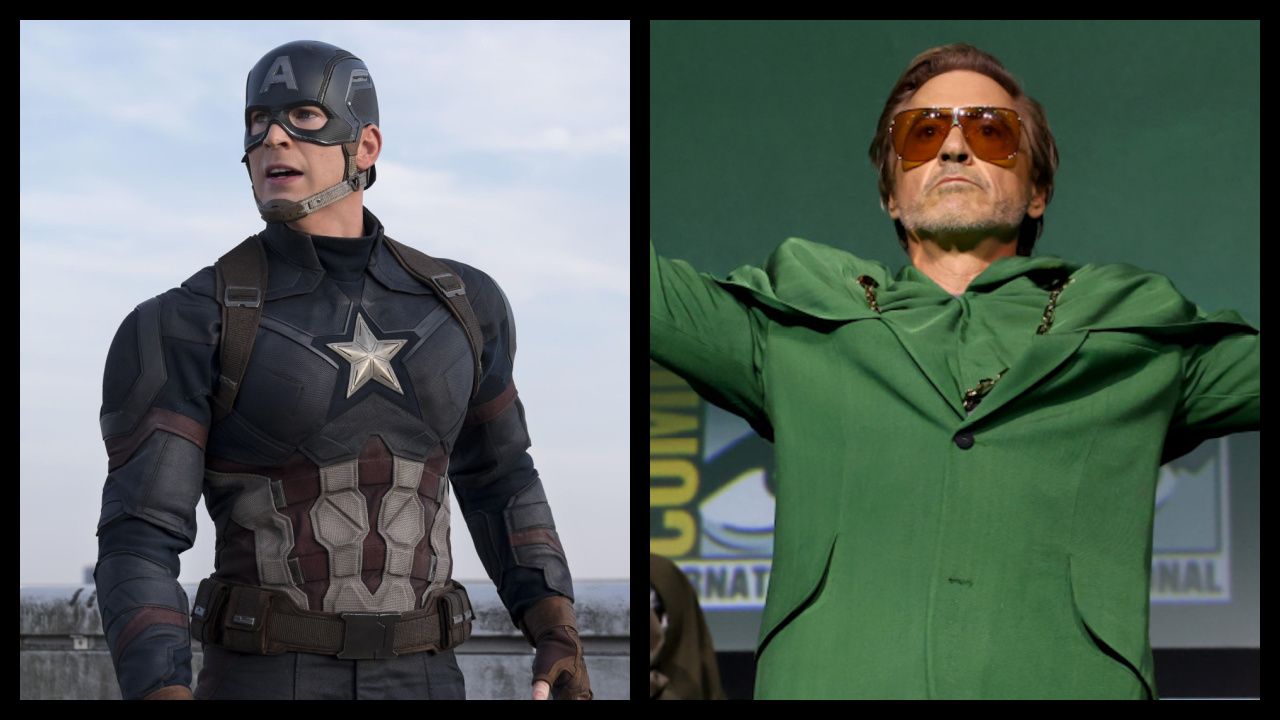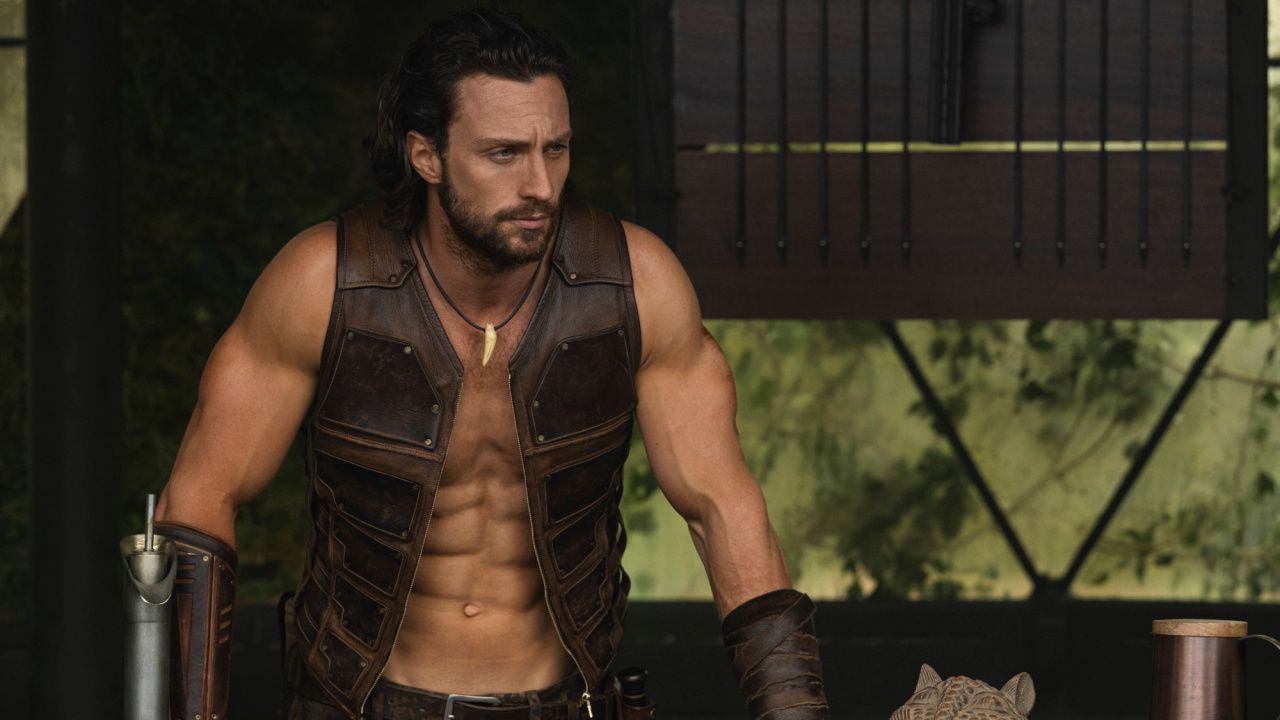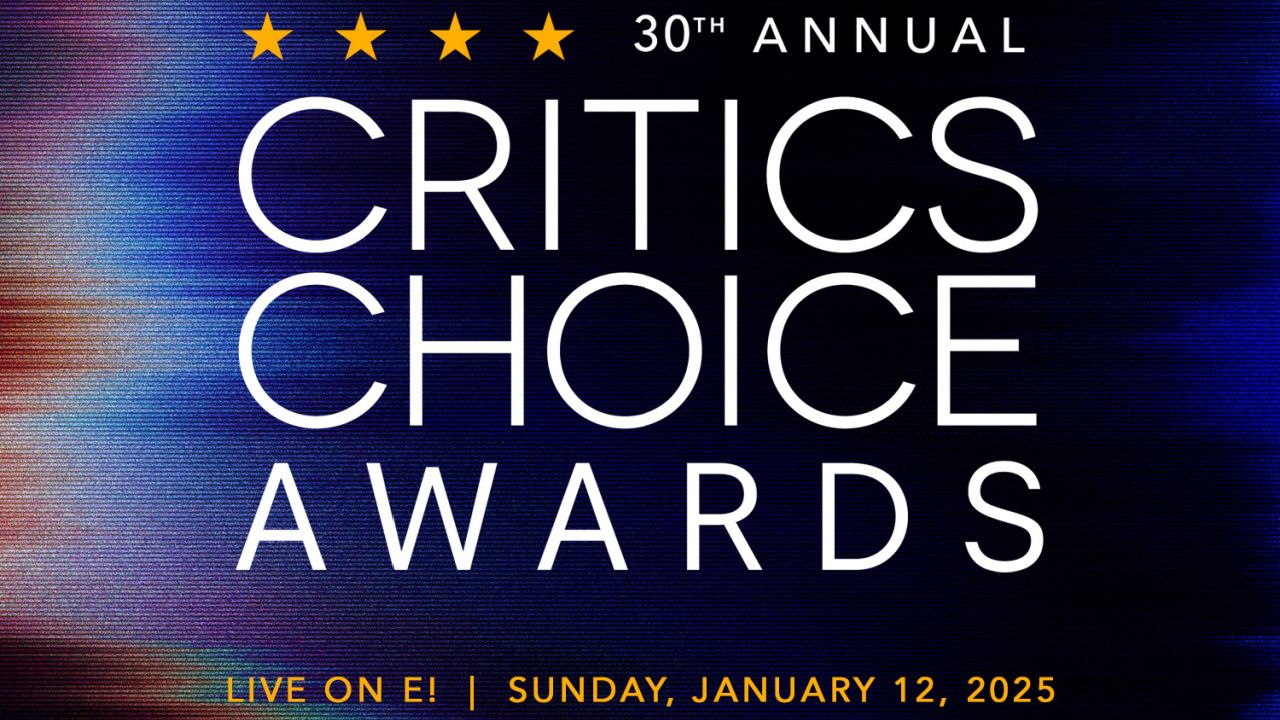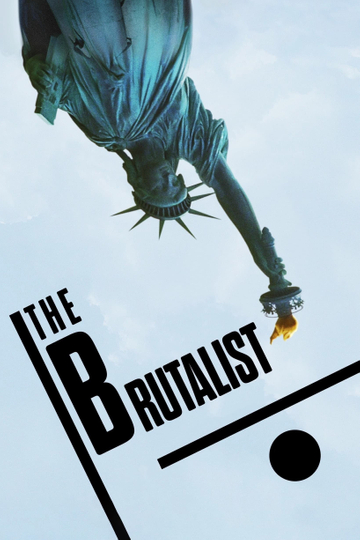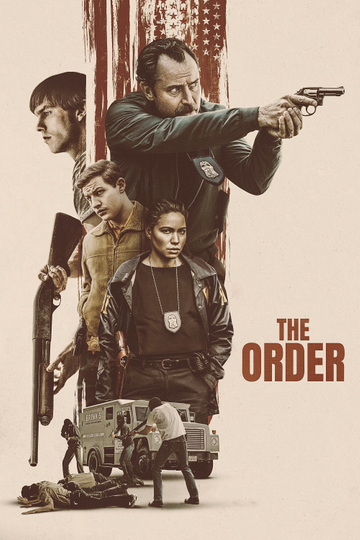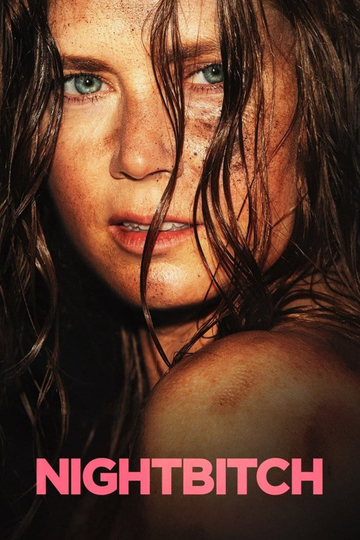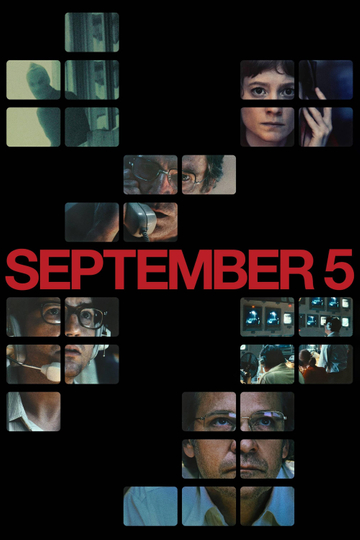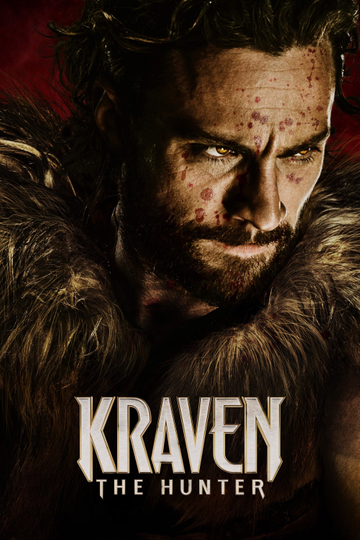Get Spooky With These 20 Must-Watch Horror Movies From Female Directors In 2021
There are plenty of movies here to get you ready for Halloween this year!
As we head into spooky season, here’s a guide to a wide variety of new horror films from female filmmakers to get your skin crawling. With such a rich crop of startlingly original titles from filmmakers with bold visions and unique points of view, there’s bound to be something for everyone’s particular penchant. Whether you’re looking for mind-blowing body horror, creatures like vampires, witches or ghosts, or just good old fashioned blood, guts and gore - something wicked awaits you.
Bingo Hell - directed by Gigi Saul Guerrero
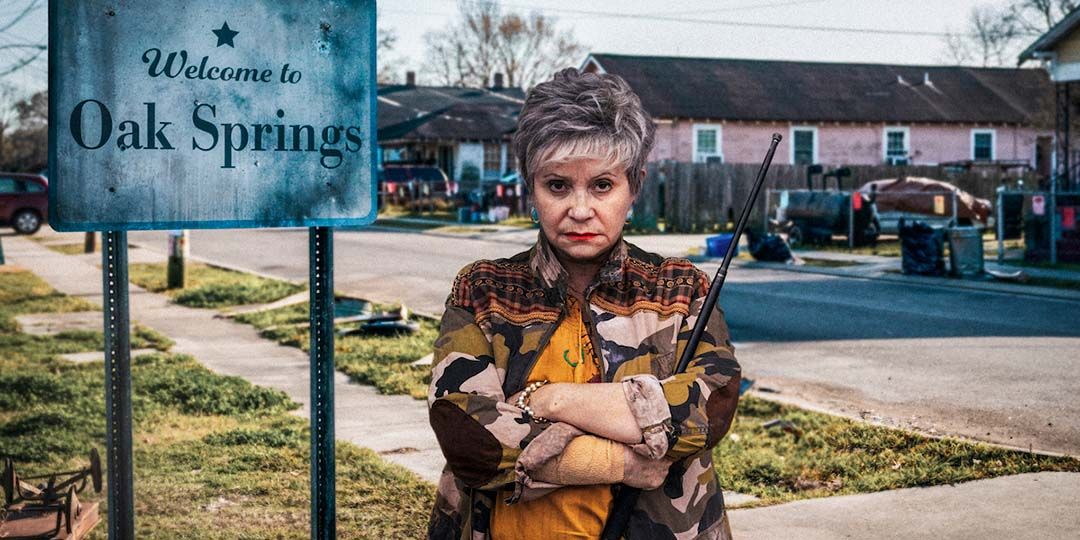
Adriana Barraza in ‘Bingo Hell’
The fifth installment in the anthology Welcome To The Blumhouse, Gigi Saul Guerrero’s film stars Oscar-nominated actress Adriana Barraza as Lupita, the lynchpin of a group of elderly persons living in the slowly gentrifying enclave known as Oak Springs. When the owner of the community center mysteriously disappears and the bingo hall is taken over by a huckster named Mr. Big (a wonderfully slimy Richard Brake) promising suspiciously big payouts, Lupita rallies the group to fight back. Filmed in New Orleans, Guerrero's gruesome, wry film is perfect for fans of 'The Outer Limits.'
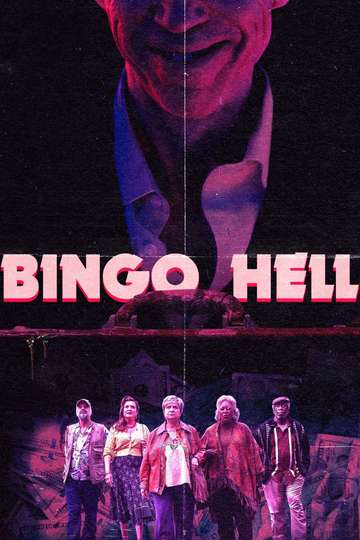
Black as Night - directed by Maritte Lee Go
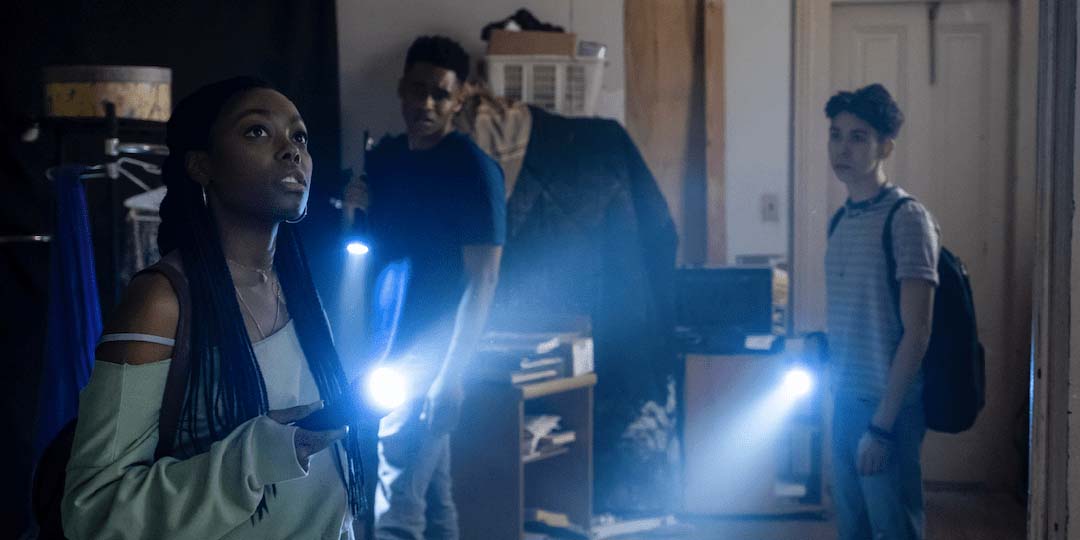
Asjha Cooper, Frabrizio Guido and Mason Beauchamp in ‘Black As Night’
Written by Sherman Payne, Maritte Lee Go’s addition to Welcome To The Blumhouse follows awkward teenager Shawna (Asjha Cooper) as she tackles body issues and battles vampires over one fateful summer. When her mother falls victim to a gang of vampires preying on the most vulnerable residents of New Orleans - drug addicts and the unhoused struggling after Hurricane Katrina - Shawna vows to not only avenge her death, but put an end to their bloody reign in the Big Easy forever.
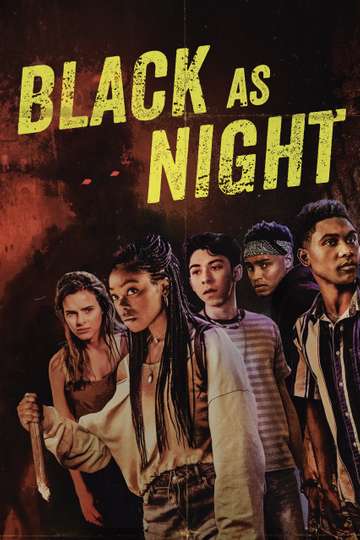
The Blazing World - directed by Carlson Young
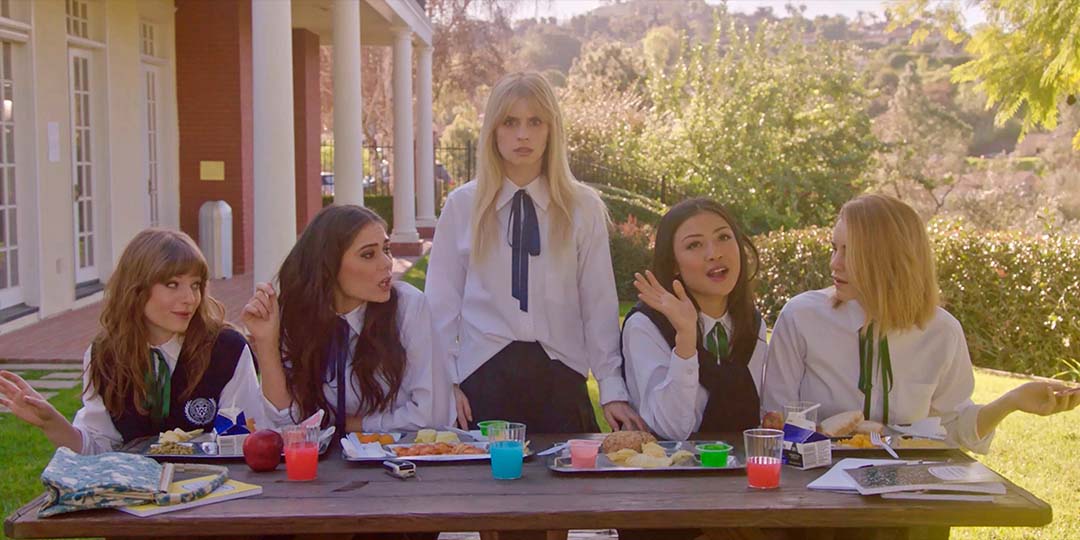
Zena Grey, Erika Cimino, Carlson Young, Brianne Tju and Alice Carroll Johnson in ‘The Blazing World’
Loosely inspired by Margaret Cavendish's 1666 satirical, proto-science fiction of the same name, Carlson Young’s fantasy horror-thriller had its world premiere at the 2021 Sundance Film Festival. Young stars as Margaret Winter, a self-destructive young woman still reeling from her twin sister’s accidental drowning, who returns home only to find herself in an alternate dreamlike dimension where her sister may still be alive. Udo Kier, Dermot Mulroney, Vinessa Shaw round out the film’s impressive cast.
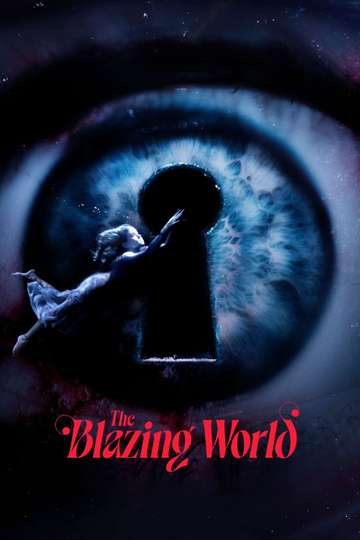
Bloodthirsty - directed by Amelia Moses
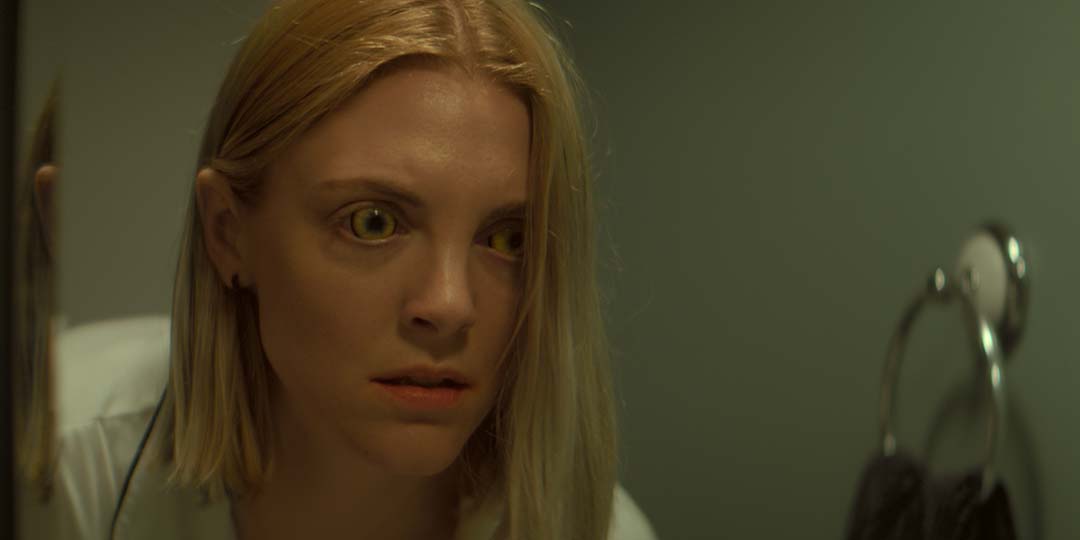
Lauren Beatty in 'Bloodthirsty'
Co-written by mother-daughter team Wendy Hill-Tout and Lowell Boland, follows indie musician Grey Kessler (Lauren Beatty) as she battles her anxiety while working on her sophomore album. When mysterious producer Vaughn (Greg Bryk) offers his mansion and services, Grey is elated. However as his abusive process pushes her into the darker recesses of her psyche, she finds herself transforming in more ways than one. Shot on location in Edmonton, Alberta, Canada, the result is a unique, transfixing, and gore-filled twist on the werewolf genre.
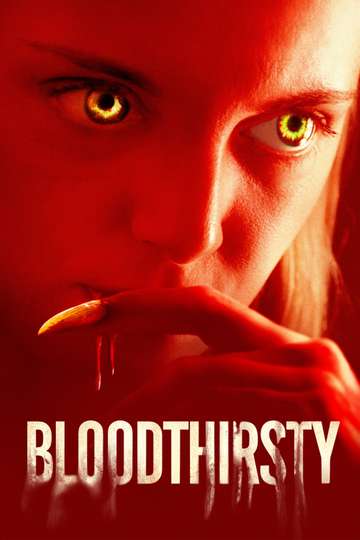
Candyman - directed by Nia DaCosta
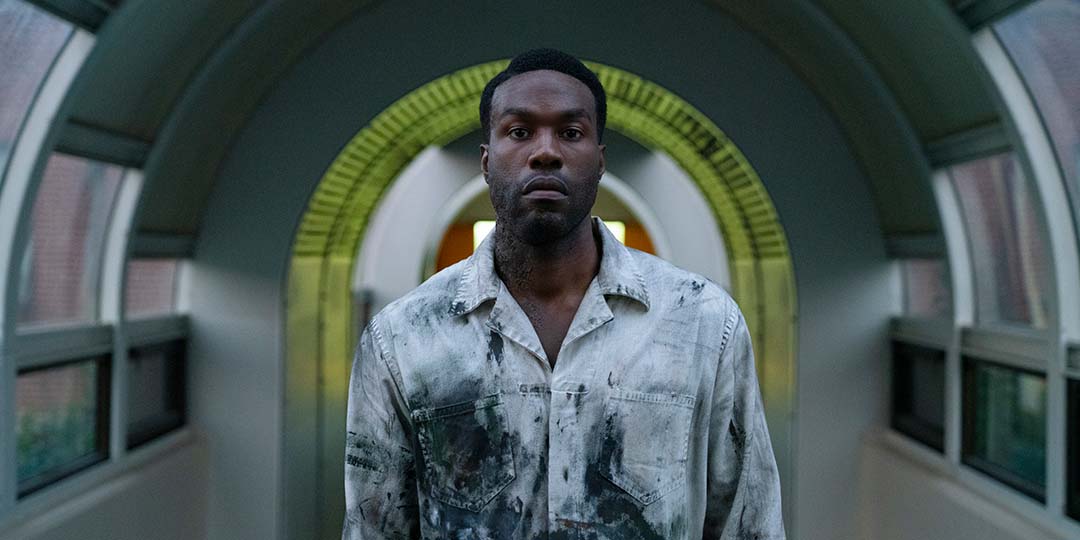
Yahya Abdul-Mateen II in 'Candyman'
Co-written with Win Rosenfeld and producer Jordan Peele, Nia DaCosta’s entry into the Candyman franchise, first adapted from by Clive Barker’s “The Forbidden” in 1992 by Bernard Rose, picks the story back up twenty-seven years after the events of the first film. Chicago-based visual artist Anthony McCoy (Yahya Abdul-Mateen II) finds himself drawn to the urban myth of Candyman and the Cabrini-Green housing project. Little does he know his connection to the lore runs deeper than just the power of artistic inspiration. Although critical reception was split, after its initial release DaCosta became the first American Black woman director with a number one at the box office.
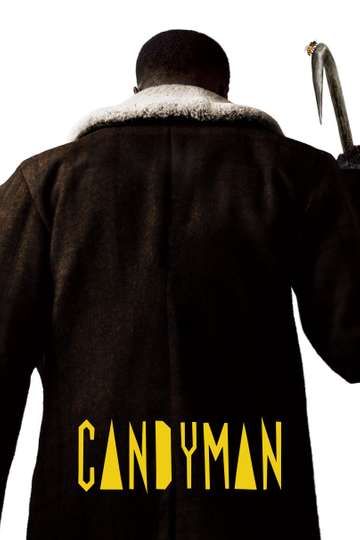
Censor - directed by Prano Bailey-Bond

Niamh Algar in ‘Censor’
Set at the height of the Video Nasty controversy in the early 1980s England, Enid Baines (Niamh Algar) works as a censor for the British Board of Film Classification. Years early Enid’s sister went missing and is presumed dead, but when Enid discovers an old exploitation film that parallels the events of her sister’s disappearance, she becomes obsessed with finding the woman she believes may be her long lost sister. Shot on a mixture of 35mm, Super8 and VHS, Bailey-Bond’s film is a visceral and disquieting debut.
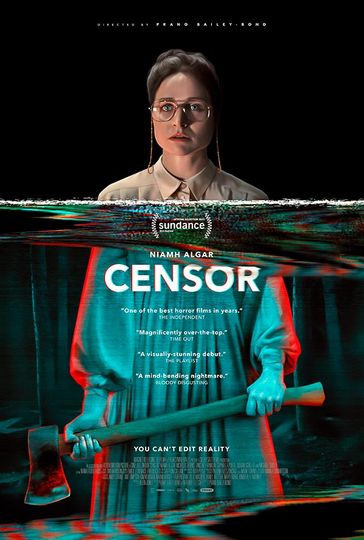
Fear Street Trilogy - directed by Leigh Janiak
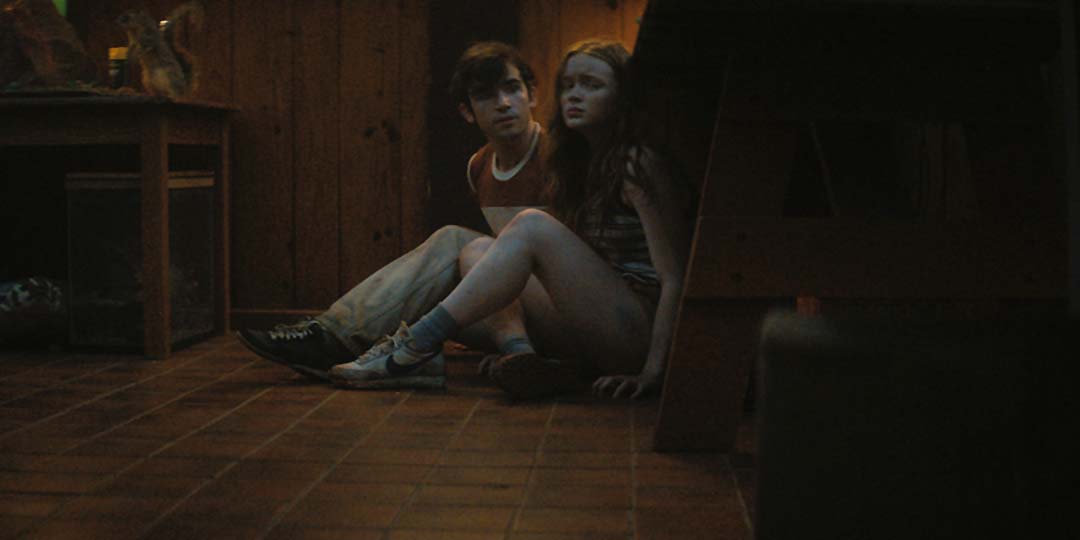
Ted Sutherland and Sadie Sink in ‘Fear Street’
Set in 1994, 1978, and 1666 respectively, the trilogy relates the twisted relationship between the communities of Shadyside and Sunnyvale as it unpacks the curse of Sarah Fier, a witch who was burned at the stake. Inspired by the iconic book series by R. L. Stine, director Leigh Janiak infuses a fresh new point of view by centering the films on a queer love story, while mainting plenty of gore.
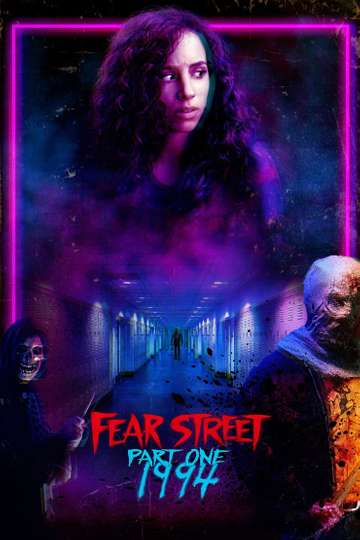
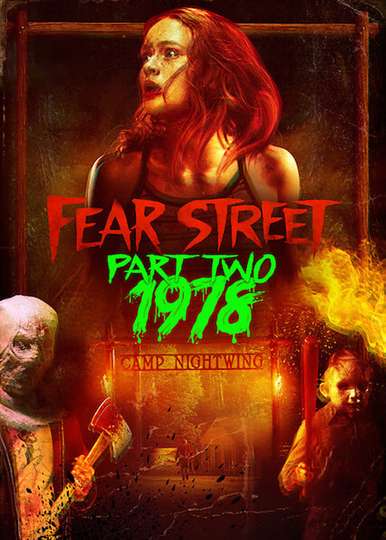
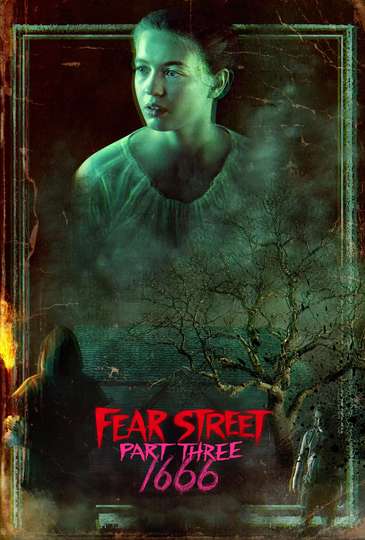
Knackningar (Knocking) - directed by Frida Kempff
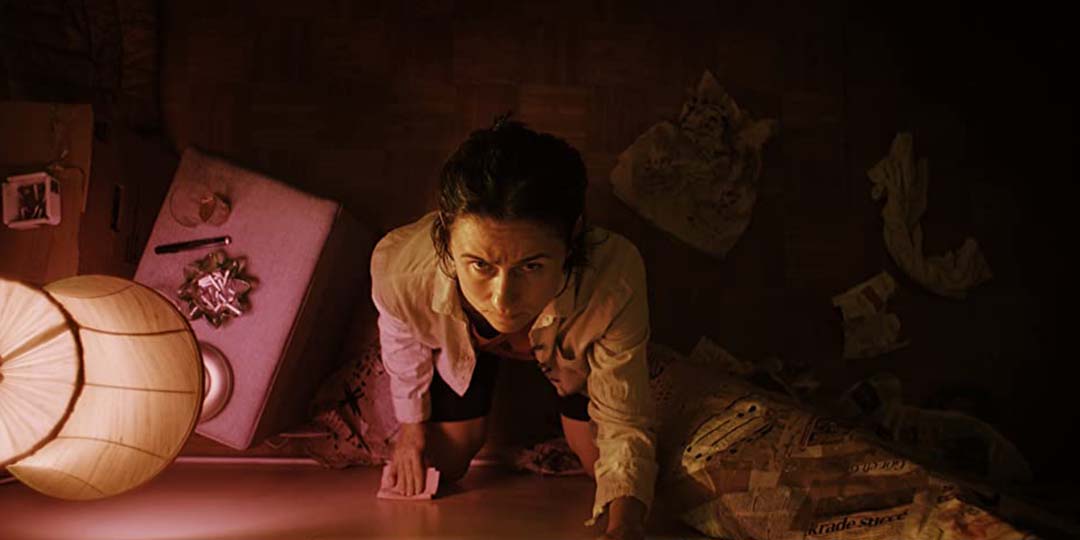
Cecilia Milocco in ‘Knackningar (Knocking)’
Directed by Frida Kempff and written by Emma Broström, the film stars Cecilia Milocco as a woman named Molly who is recovering from a nervous breakdown after experiencing an extreme loss. After checking out of a psychiatric ward and moving into a new apartment complex, she begins hearing mysterious knocking sounds. Paranoia sets in when no one in the mysterious complex believes her.
Lucky - directed by Natasha Kermani
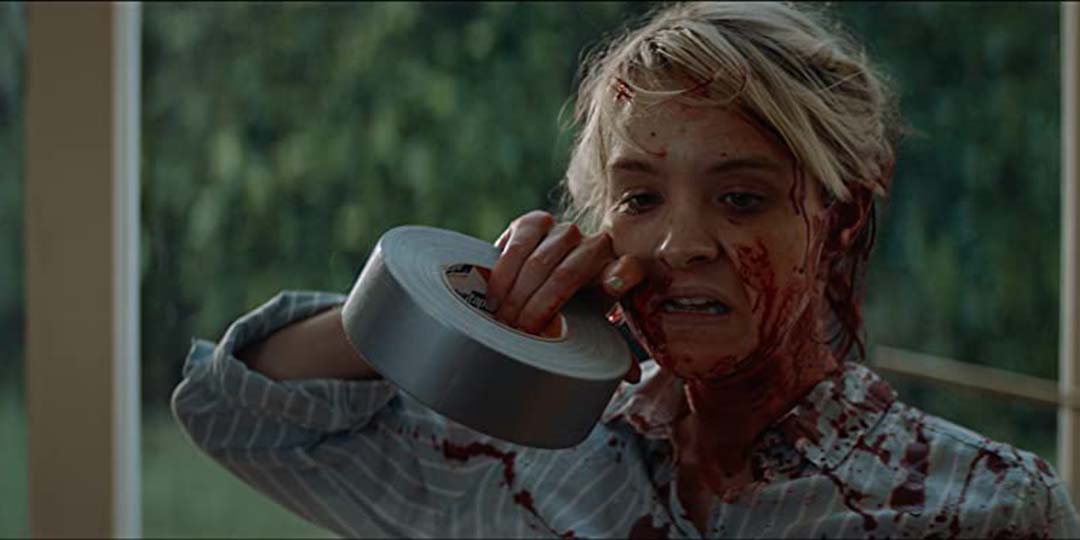
Brea Grant in ‘Lucky’
The life of self-help author May (Brea Grant) spirals out of control when she finds herself battling a mysterious faceless assailant night after night. When no one seems to notice or care, she is pushed to her physical and psychological limits as she attempts to rid him from her life for good. Kermani and writer-star Grant’s incisive look at the terror of just being a woman in this world will linger in your mind long after its flashy finale.
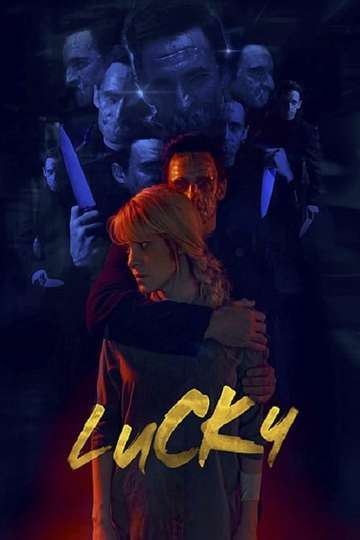
The Manor - directed by Axelle Carolyn
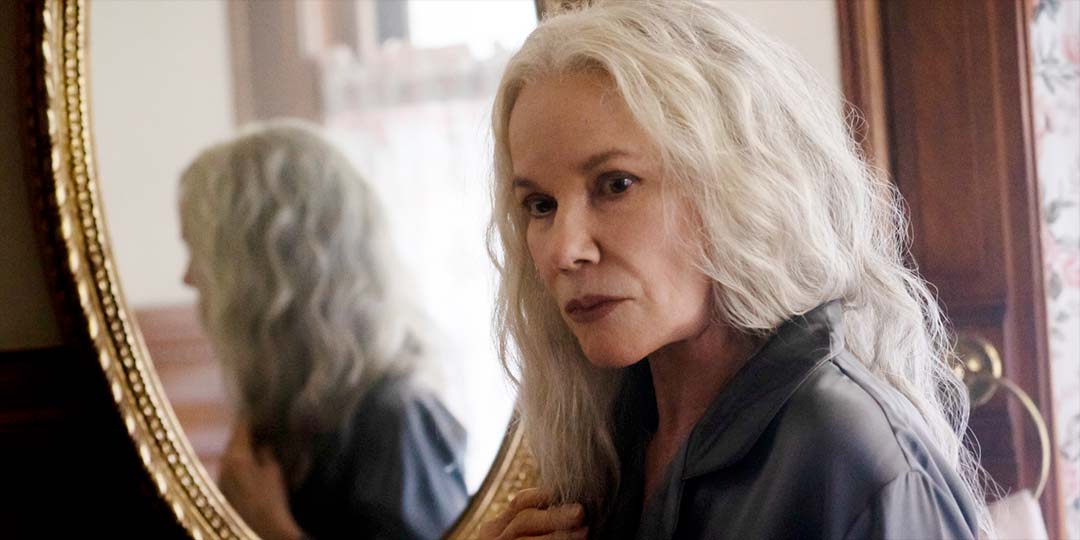
Barbara Hershey in ‘The Manor’
Also part of Welcome To The Blumhouse, writer-director Axelle Carolyn’s gothic thriller stars Barbara Hershey as Judith Albright, a woman who moves to Golden Sun Manor assisted living after suffering a mild stroke. While fighting for her agency, she begins to believe there is a sinister presence haunting the residents of the manor. Teaming up with fellow resident Roland (Bruce Davison), the two attempt to escape their confines rather than succumb to the evil forces surrounding them.
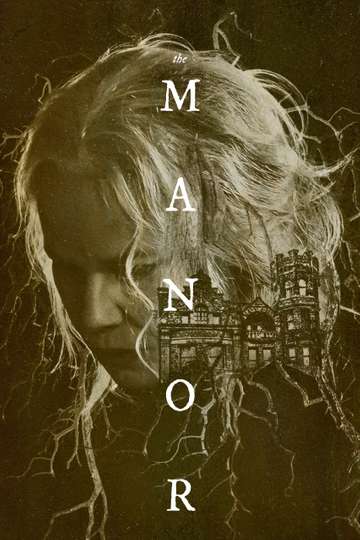
Martyrs Lane - directed by Ruth Platt
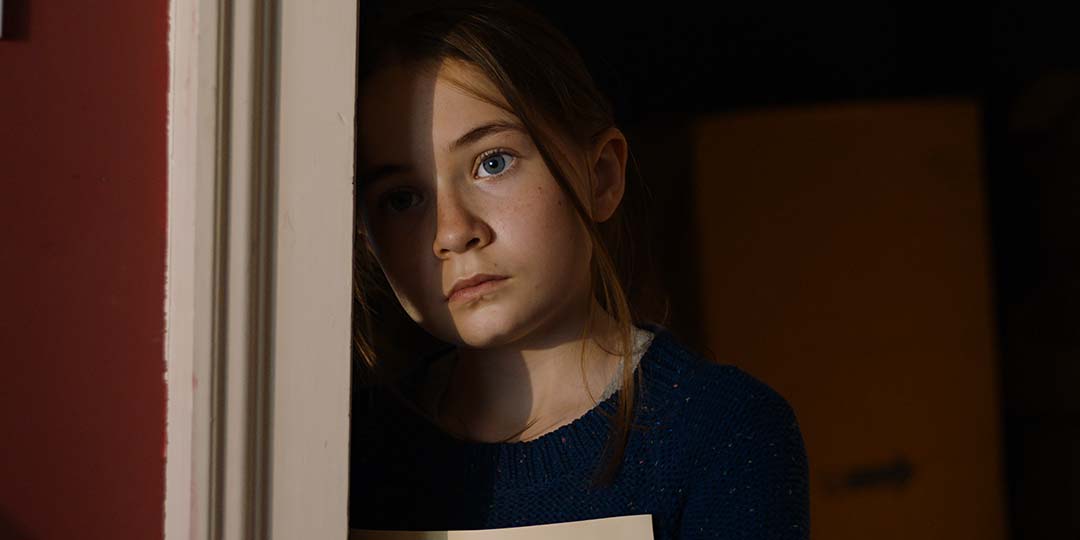
Kiera Thompson in ‘Martyr's Lane’
While living in a remote vicarage with her parents and surly older sister, 10-year-old Leah (Kiera Thompson) meets a strange girl in tattered angel wings while playing in the woods. Each time the girl visits Leah finds new clues to an old mystery that may cause her family’s fraught dynamics to unravel completely. Although she doesn’t quite stick the landing, with this film writer-director Ruth Platt offers a unique twist on the ghost story genre.
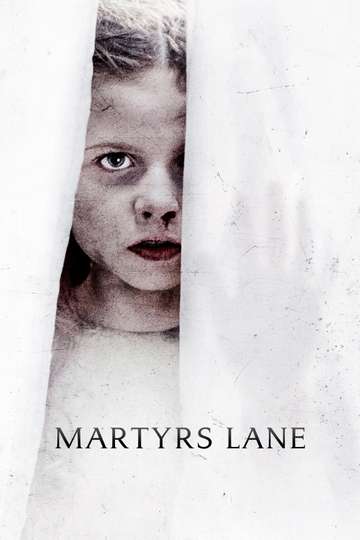
Phobias - directed by Camilla Belle, Joe Sill, Jess Varley, Chris von Hoffmann, and Maritte Lee Go
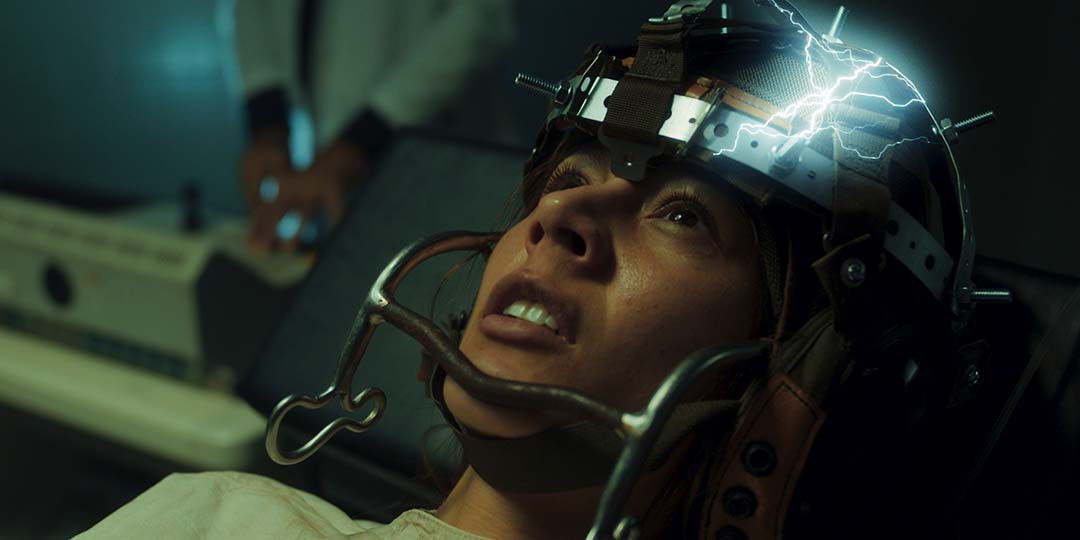
Martina García in ‘Phobias’
In this anthology film each director brings a unique phobia to graphic life. Using a frame narrative to connect the five entries, their stories cross paths at a government testing facility where a crazed doctor attempts to weaponize fear. Watch out for a chilling performance from Macy Gray.
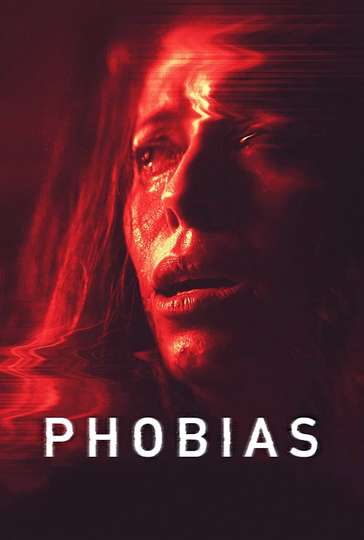
The Power - directed by Corinna Faith
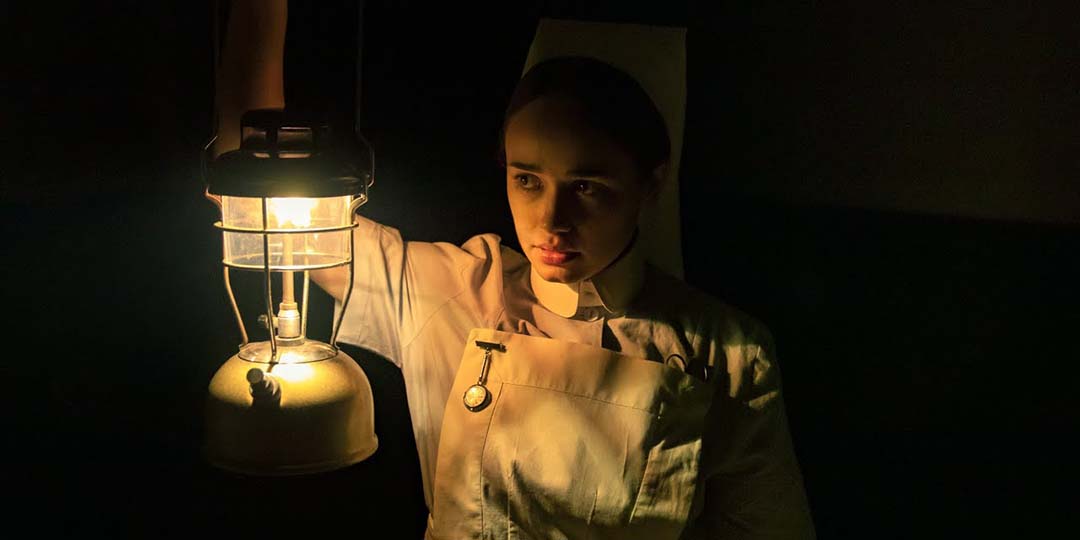
Rose Williams in ‘The Power’
Set during power outages caused by a miners' strike in early 1970s London, the film centers around Val (Rose Williams), a nurse in training. Spending her first night working in the East London Royal Infirmary in near total darkness, she begins to suspect there is something sinister lurking in the walls.
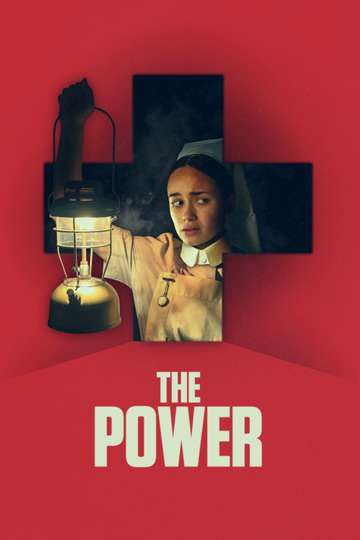
Saint Maud - directed by Rose Glass
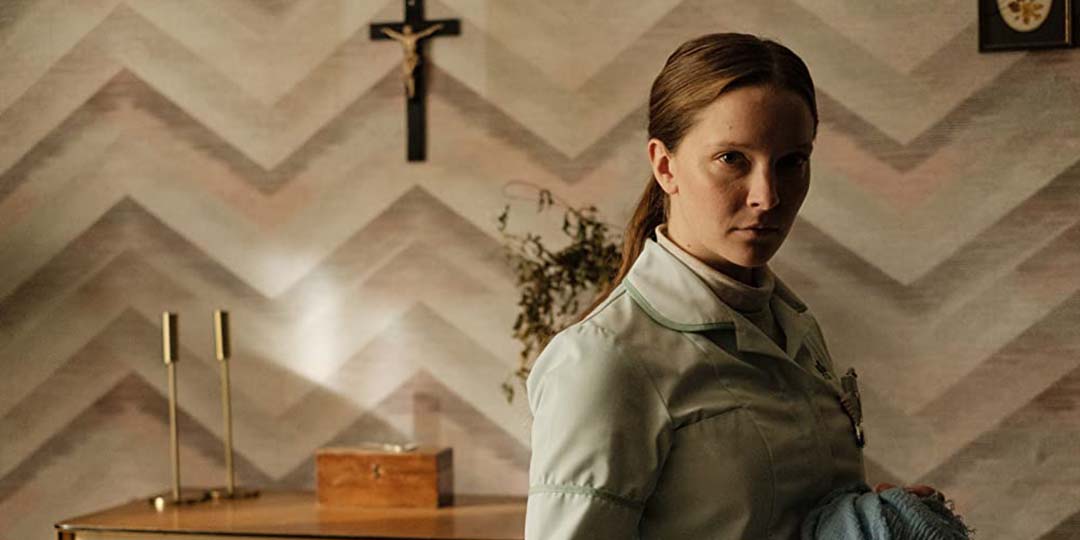
Jennifer Ehle in ‘Saint Maud’
After a critically praised debut at the Toronto International Film Festival in 2019, writer-director Rose Glass’s psychological horror debut finally hit stateside earlier this year. Having recently converted to Roman Catholicism, hospice nurse Maud forms an unhealthy obsession with a former dancer in her care (Jennifer Ehle). Featuring a shocking finale, Oscar-winner Danny Boyle is among the film’s most ardent supporters, calling it “genuinely unsettling.”
Slaxx - directed by Elza Kephart

Romane Denis in ‘Slaxx’
In this horror-comedy, co-written with Patricia Gomez, writer-director Elza Kephart tackles the real life horrors caused by fast fashion. As a possessed pair of jeans goes on a killing spree inside a hip boutique overnight, new hire Libby McClean (Romane Denis) fights to escape the denim demon.
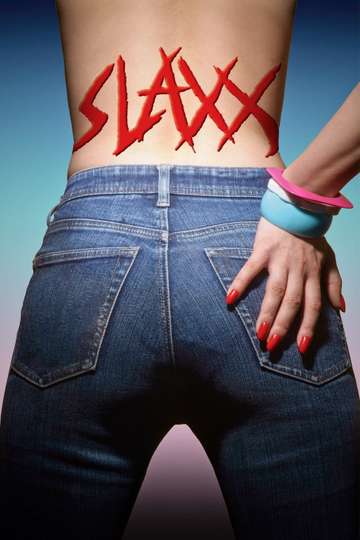
The Stylist - directed by Jill Gevargizian
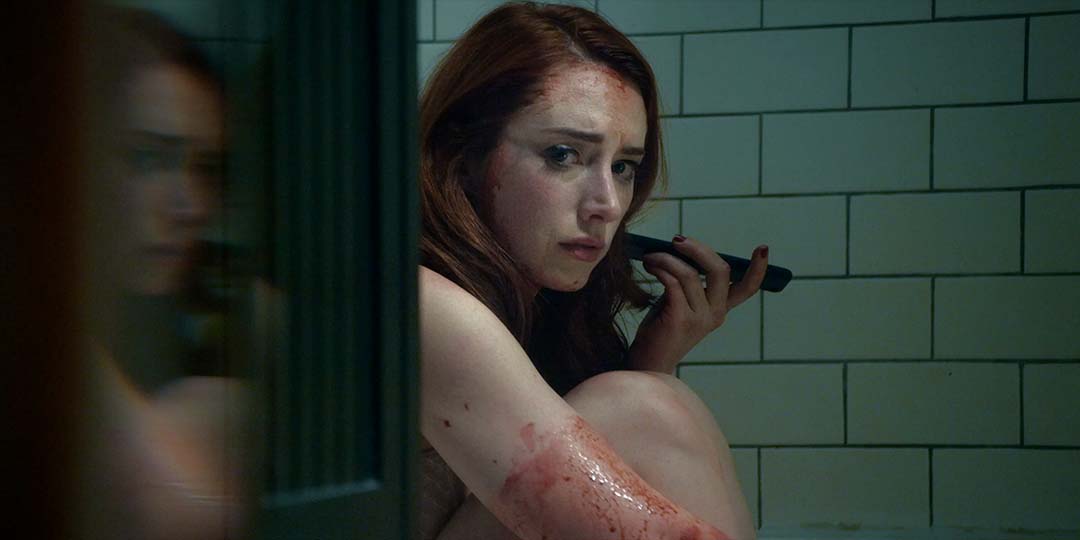
Najarra Townsend in ‘The Stylist’
One day a lonely hair stylist (Najarra Townsend) who works from home snaps and kills a client (Brea Grant), leading her down a path of continued bloodlust that changes her life forever. Praised for its sharp comedy and stylish kills, Gevargizian’s film is a welcome entry into the slasher canon.
Titane - directed by Julia Ducournau
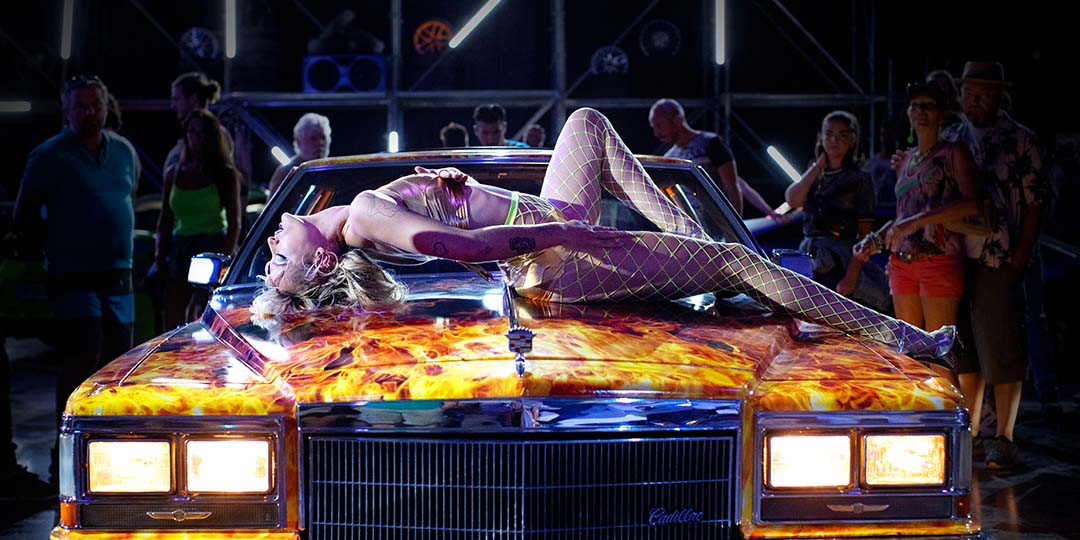
Agathe Rousselle in 'Titane,' directed by Julia Ducournau
In this Cannes Palme d'Or-winning flick Alexia, a showgirl (Agathe Rousselle) at a motorshow with a titanium plate implanted in her head from a childhood crash, gets impregnated by a Cadillac and goes on a serial killing spree. On the run from the cops, she impersonates the long lost son of a fire chief named Vincent (Vincent Lindon). Equally as tender as it is disgusting, Ducournau is the reigning queen of body horror with heart.
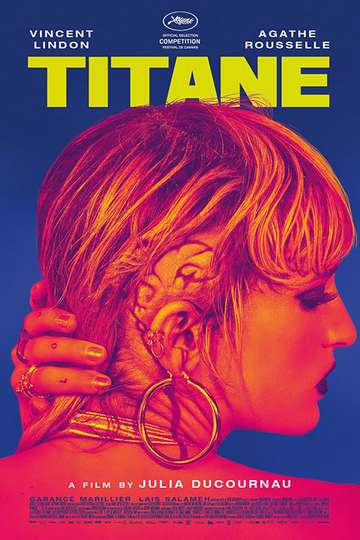
Things Heard & Seen - directed by Shari Springer Berman and Robert Pulcini
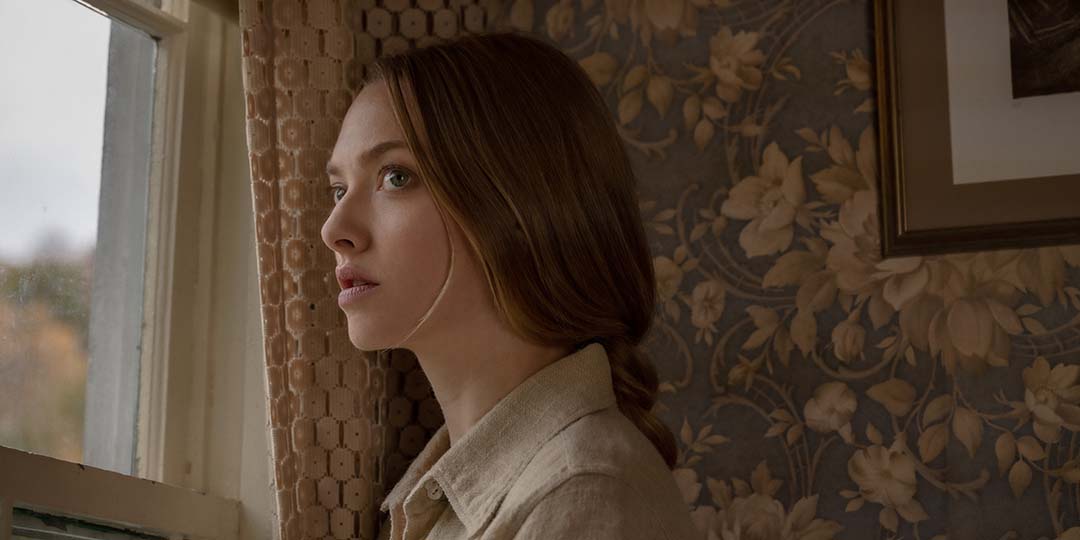
Amanda Seyfried in ‘Things Heard & Seen’
Based on the novel “All Things Cease to Appear” by Elizabeth Brundage, Berman and Pulcini use the philosophies and mysticism of Swedish pluralistic-Christian theologian and scientist Emanuel Swedenborg to put a new spin on the ghost story genre, while also exploring the dynamics of a fatally toxic marriage. The impressive cast includes Amanda Seyfried as Catherine, James Norton, Natalia Dyer, Karen Allen, and F. Murray Abraham.
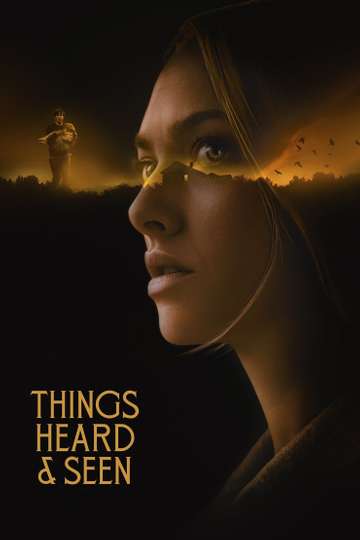
Violation - directed by Madeleine Sims-Fewer and Dusty Mancinelli
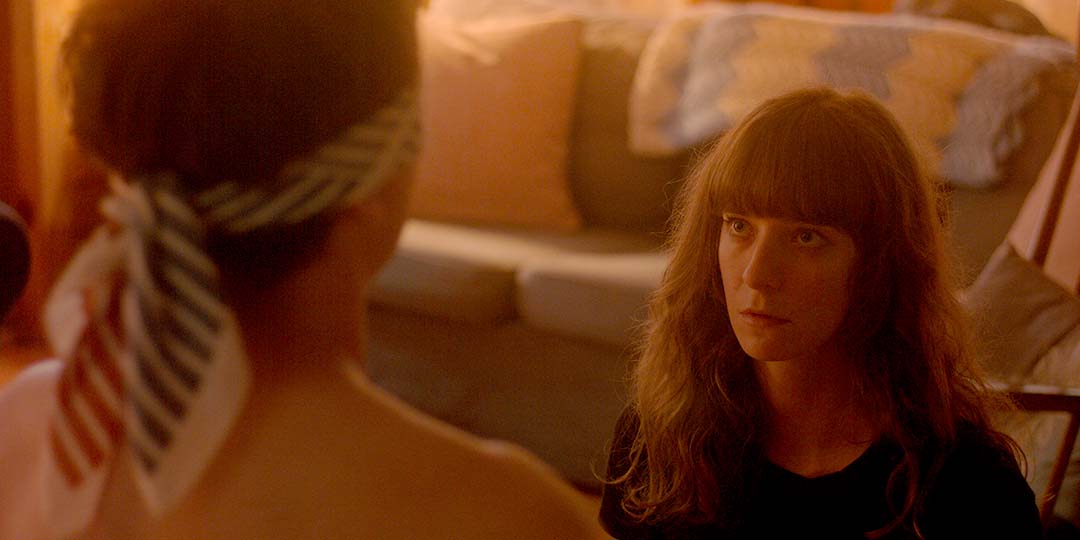
Madeleine Sims-Fewer in ‘Violation’
Playing both the 2020 Toronto International Film Festival and the 2021 Sundance Film Festival, this Canadian horror-drama follows Miriam (Madeleine Sims-Fewer), a traumatized woman on the edge of divorce who returns home for the first time in years. After her estranged sister and brother-in-law betray her trust, she seeks revenge in a most deranged and vicious manner. Praised for its rage and intensity, Sims-Fewer and Mancinelli’s film is a bold take on the revenge genre.
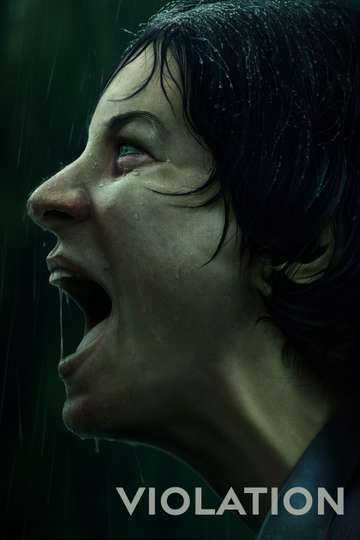
Witch Hunt - directed by Elle Callahan
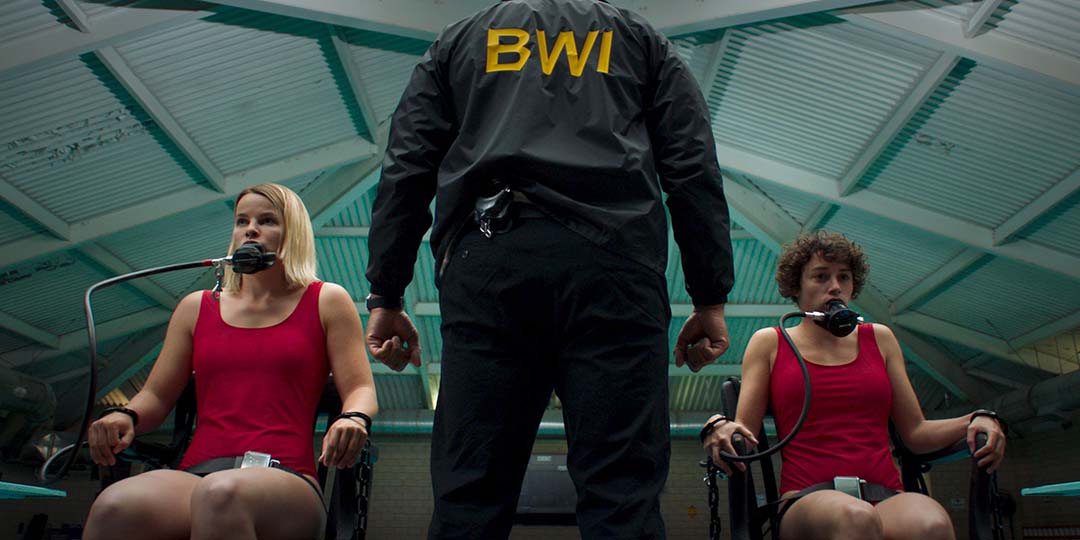
A sink test scene in 'Witch Hunt'
Set in a version of contemporary America where witches are real and witchcraft is illegal, a teenage girl (Gideon Adlon) faces her own prejudices as her mom (Elizabeth Mitchell) begins offering assistance to the orphaned children of witches seeking asylum in Mexico. While the metaphor isn’t always in the best taste, Callahan’s film continues the tradition of using the witch genre as a mode to express cultural criticism.
